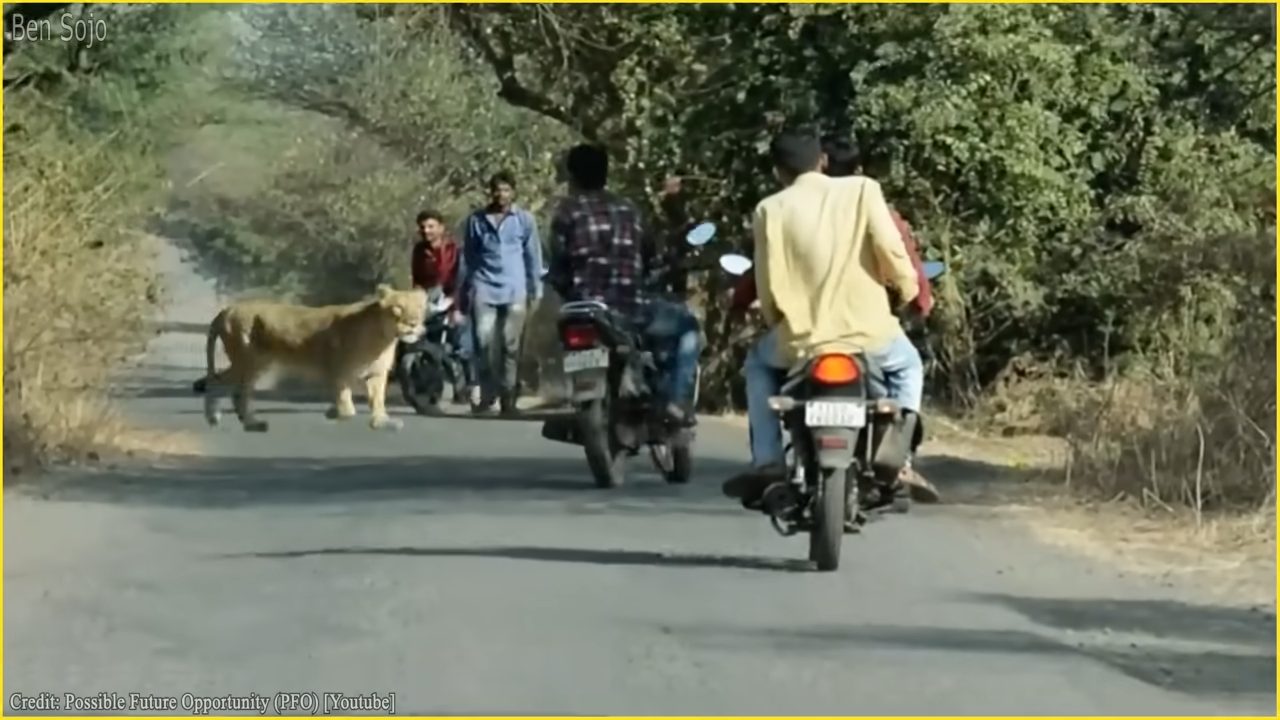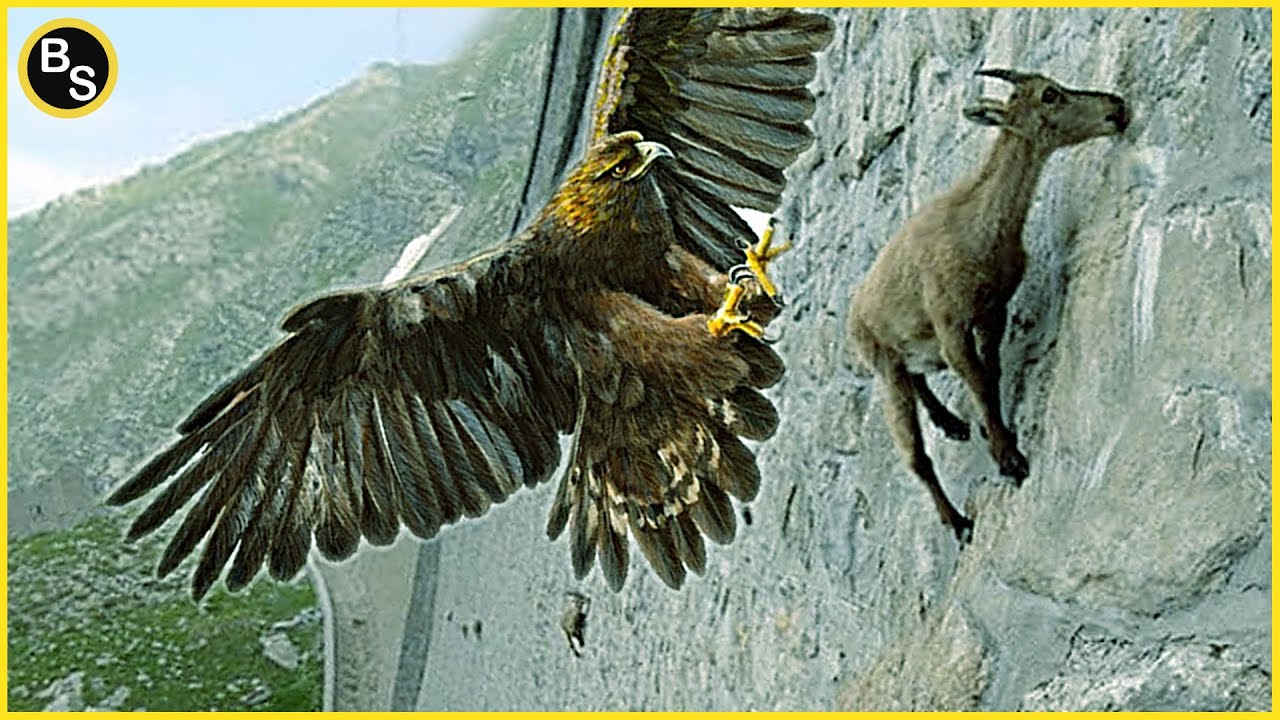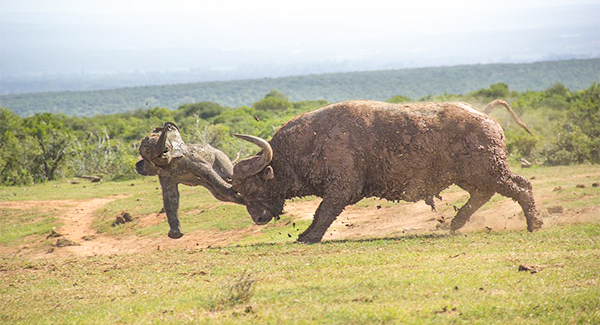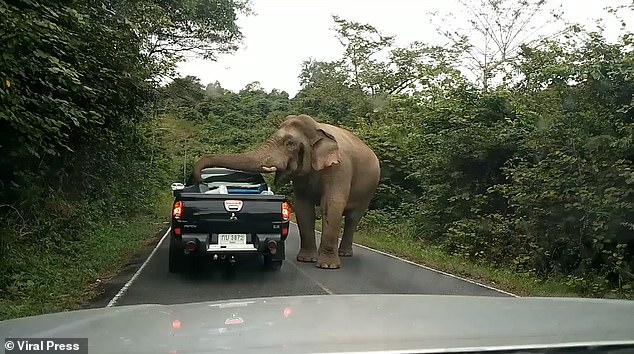“I think, for me, this is a scientific highlight of my career.”
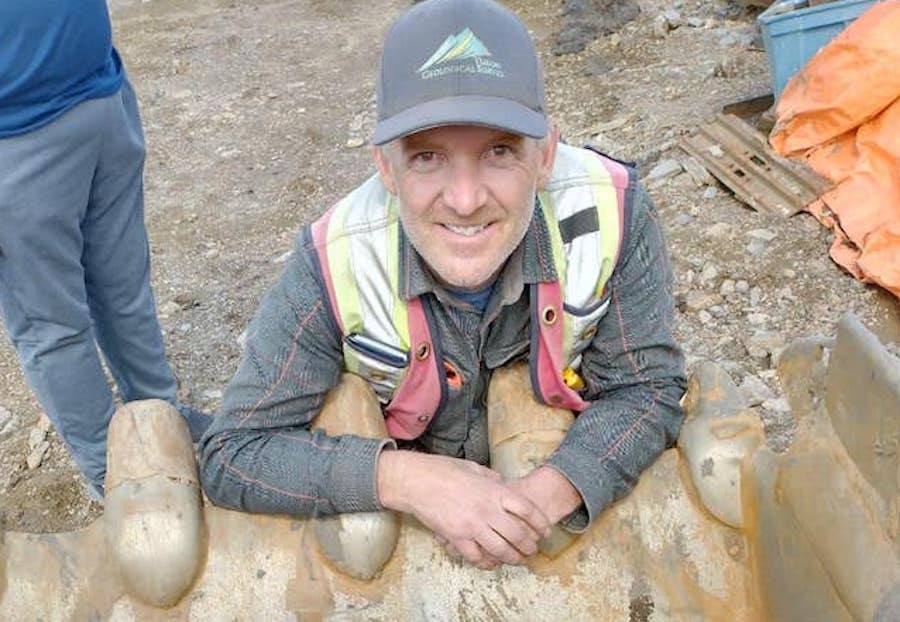
A former Okotokian and a company were involved in a rare discovery in the Yukon which is making headlines across the world.
Jeffrey Bond, who grew up in Okokoks, was called in to assist when a fully intact, baby woolly mammoth was discovered by Aldersyde’s Treadstone Equipment excavator, Travis Travis Delawski, in the Klondike gold fields on June 21.
“I think, for me, this is a scientific highlight of my career,” Bond said. “I never imagined how this would unfold but I didn’t anticipate the emotion behind it.
“I think that sets it apart from all the other geological work that I’ve done.”

Bond, who has a degree in physical geology from the University of Calgary and a masters degree in geomorphology from the University of Alberta, was in Dawson City a few weeks ago working on a landslide hazards project.
As he, a masters student and others sat at their RV camp that Tuesday afternoon, Bond happened to check his email, where he had received a “desperate call” from friend and paleontologist Grant Zazula to come and grant his expertise on the discovery.

According to Treadstone, first-year employee, Delawski, 31, was cutting into the bottom of a frozen wall when he came across what he thought was an ancient bison skull 50 to 60 feet deep in the permafrost.
When Bond and his colleagues arrived at the site, gear and all, the first thing they did was head to see the baby, which remained in the excavator bucket that revealed it.

He recalled the baby was covered in blankets, tarps and sleeping bags to keep it insulated.
“We removed those, had a look at it and I was in total disbelief,” Bond said. “I couldn’t believe I was looking at super well-preserved mammoth that looked like it could have been alive a few days ago.”
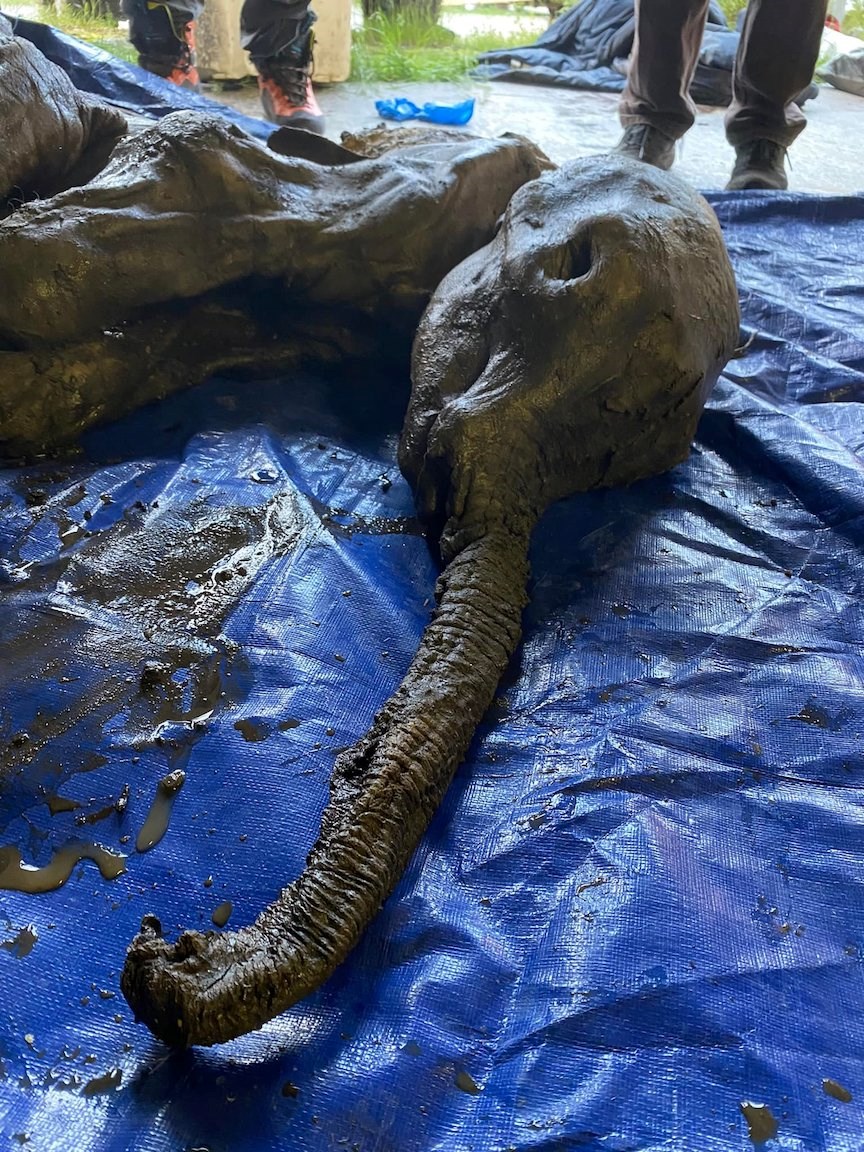
The baby mammoth is estimated to have been preserved in permafrost since the Ice Age, putting it at more than 30,000 years old.
According to a press release from the Yukon government, Trʼondëk Hwëchʼin First Nation elders named the mammoth ‘Nun cho ga’, meaning “big baby animal” in the Hän language.
Bond’s first move was to complete a site assessment and document the geology of the area. Examining sediment to gauge the history and background of the area can reconstruct what events went on in this location over time.
“Everything has to line up perfectly in the moment of the mammoth’s death for it to be preserved in such immaculate condition,” he explained. “It has to die and within an hour or two, be entombed in a sediment that is going to seal it and allow it not to decay and, ultimately, freeze it.”

He added that while there is much scientific work to be done in the coming months, it is likely a catastrophic event is responsible for the death of the mammoth and the subsequent preservation, something that he said is very rare.
“There’s only three that have been found in the world which is remarkable,” he said.
An expert in Yukon geology, Bond first came to the territory in 1994, where he found a mammoth tusk on a riverbank. At the time, he was rather enthralled with his discovery, even though it is quite common.
This time around, he said, he was lucky to be in the right place at the right time.

“I was absolutely thrilled,” said Bond. “To have not been there would have been hard and to watch this unfold from a distance would have been difficult for me.
“So I feel really, really fortunate to have been able to get out there right away and get my hands on it and playing a role in making the most out of the discovery.”
Nun cho ga is now being protected in cold storage in the Yukon, but was removed briefly the day after its discovery for a unveiling ceremony with local Indigenous people.
The government is working closely with the Trʼondëk Hwëchʼin on next steps and decisions as far as its long-term home and the curation process.




